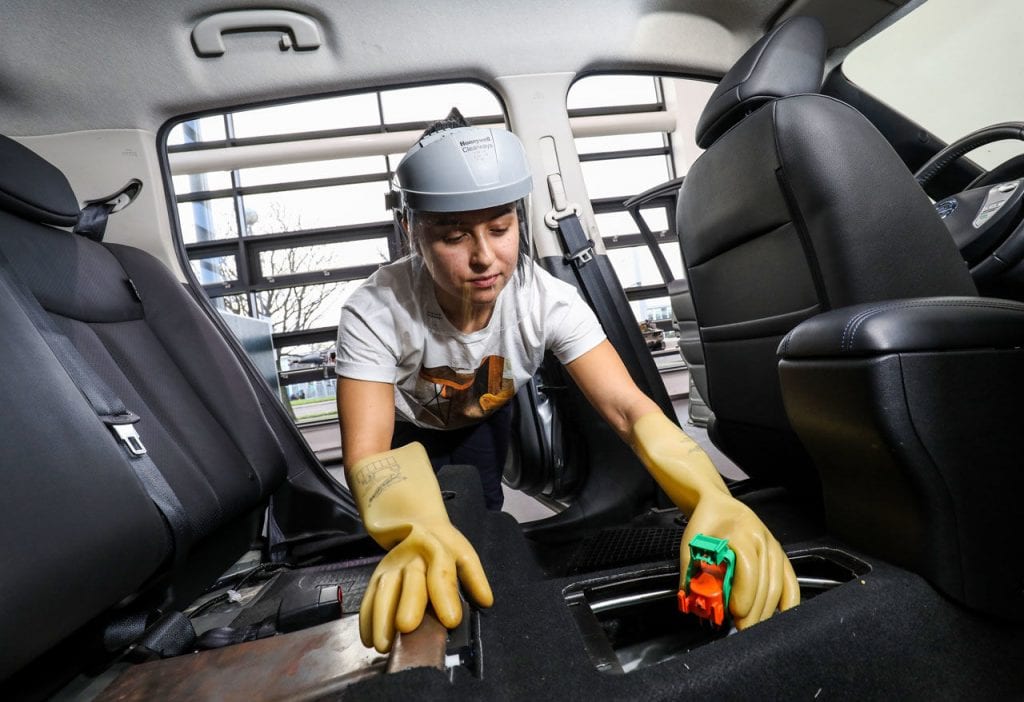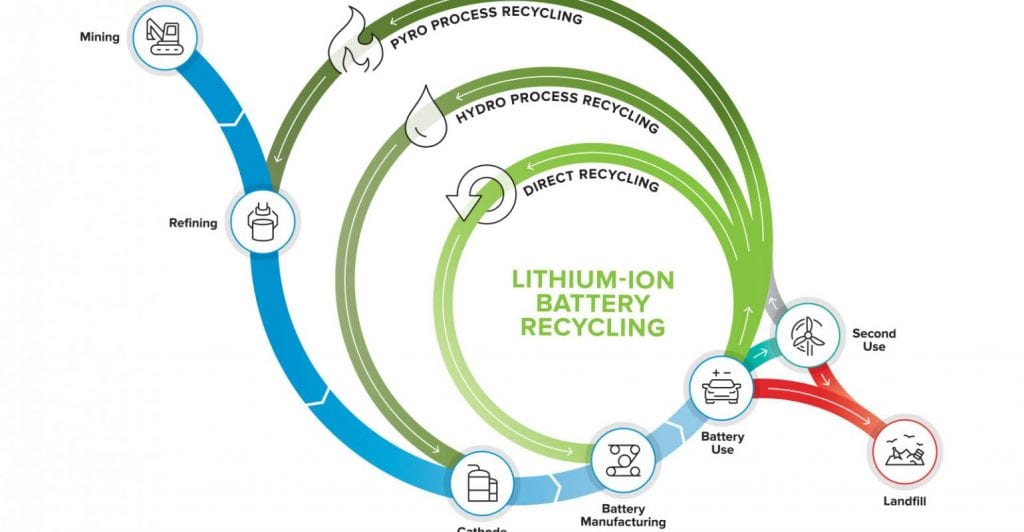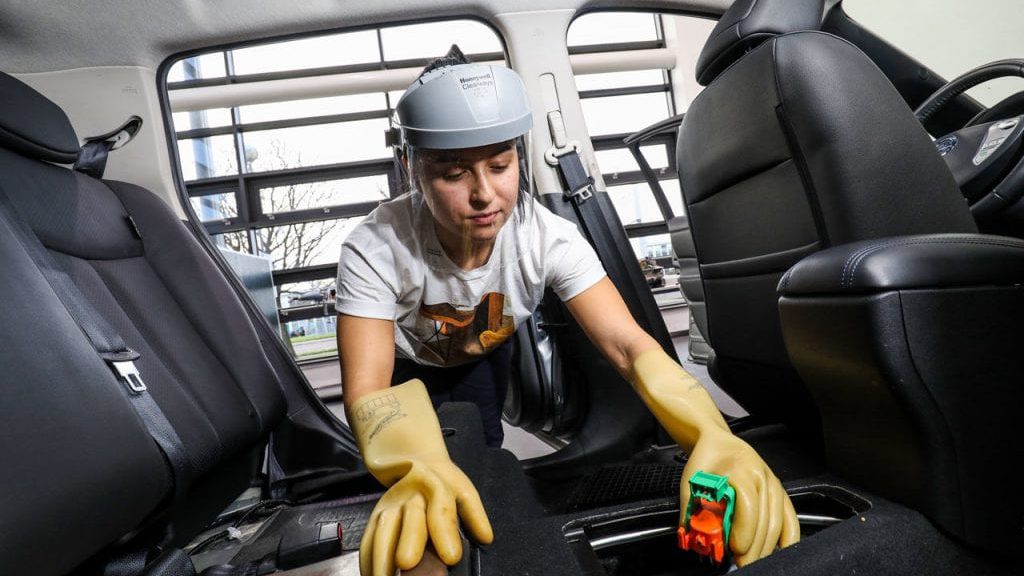Sustainability, efficiency, recyclability.
The moto industry has been making great strides in creating high-efficiency, low-emission vehicles. Popular favorites today involve battery-driven electric and hybridized motors in an attempt to cut down on pollution. Companies are committed to cutting emissions, and with futuristic calendar-worthy EV concepts such as Triumph’s TE-1 Electric Superbike being revealed more regularly, who wouldn’t want to contribute to a future of clean energy?
It’s a tricky question – one tied to the darker side of renewable energy.
The real question is, what happens to the EV batteries when they’re exhausted?

“On the one side, it is a waste management problem. And on the other side, it’s an opportunity for producing a sustainable secondary stream of critical materials,” says Gavin Harper, a University of Birmingham researcher who studies EV policy issues.
EV Batteries differ widely in construction and anatomy, and while some use recycled components, unfortunately, it’s often cheaper for manufacturers to use new materials in battery production.
According to an article by ScienceMag, the EV battery recycling process requires two techniques to break down an EV battery. While both of these current methods are reasonably effective, they’re not as efficient as they could be – and they release greenhouse gases.

Derived from the Latin root ‘pyro,’ pyrometallurgy requires the battery to be first shredded and then burnt, extracting the required materials and leaving a tasty pile of charred rubbish. It’s the more convenient of the two methods since it isn’t limited to specific battery models, but it is energy-intensive.
Hydrometallurgy, by contrast, involves dunking the battery in a collection of acid, creating a toxic soup in a more complicated process that dissolves undesirable components and leaves others untouched and retrievable. This process is more limited to specific battery models, and while there are multiple types of acid to retrieve various kinds of materials, the acid itself poses a health risk.
When it comes to committing to a sustainable system that produces clean energy, many companies are still finding an answer that will guarantee sustainable recycling beyond a burnt-out battery.
Source: MotorbikeWriter.com


